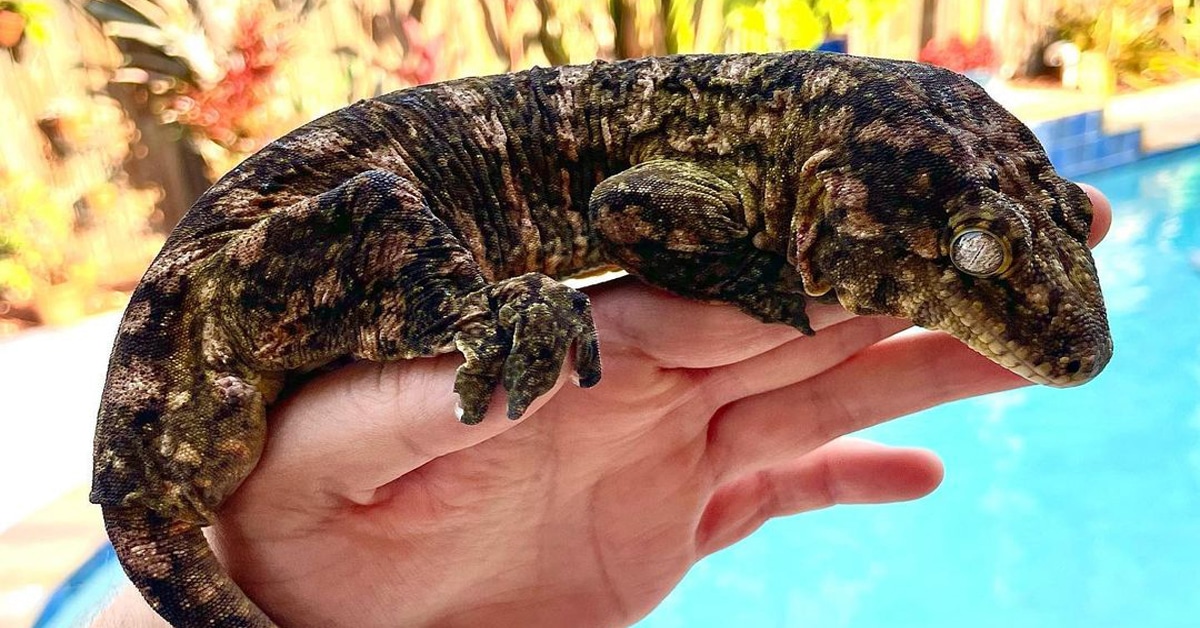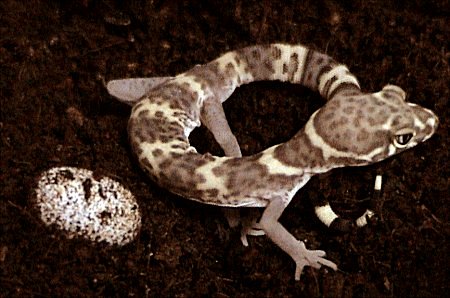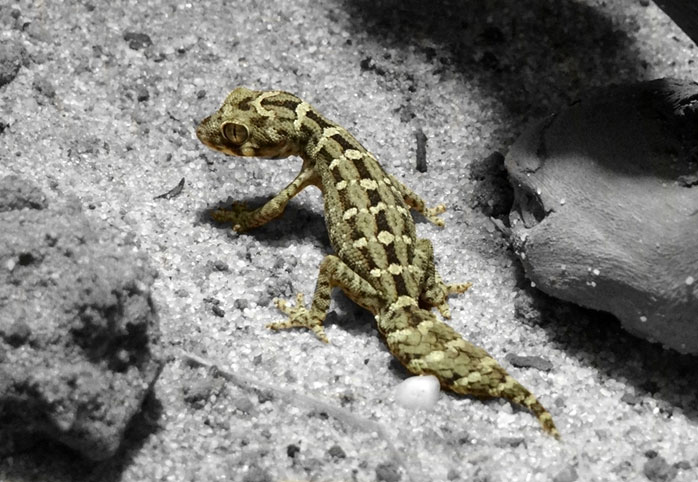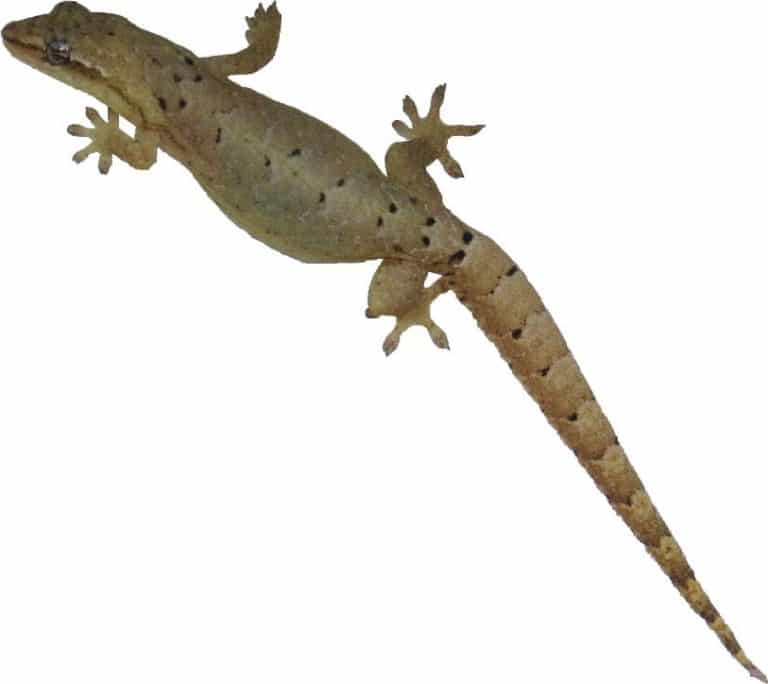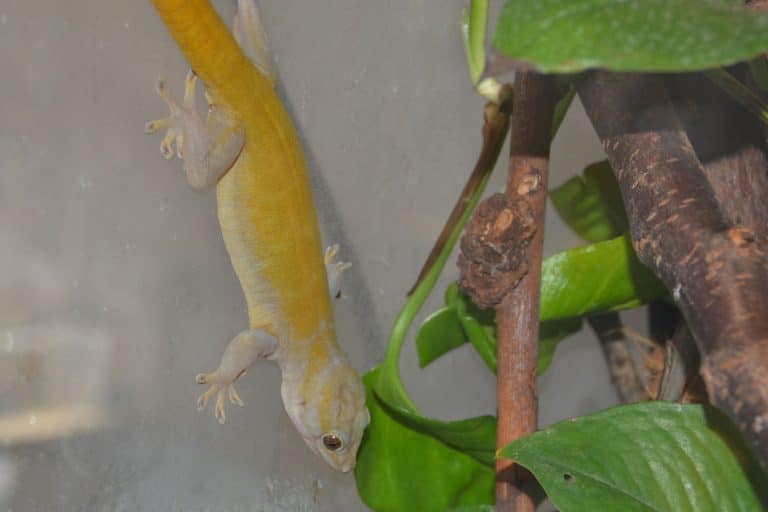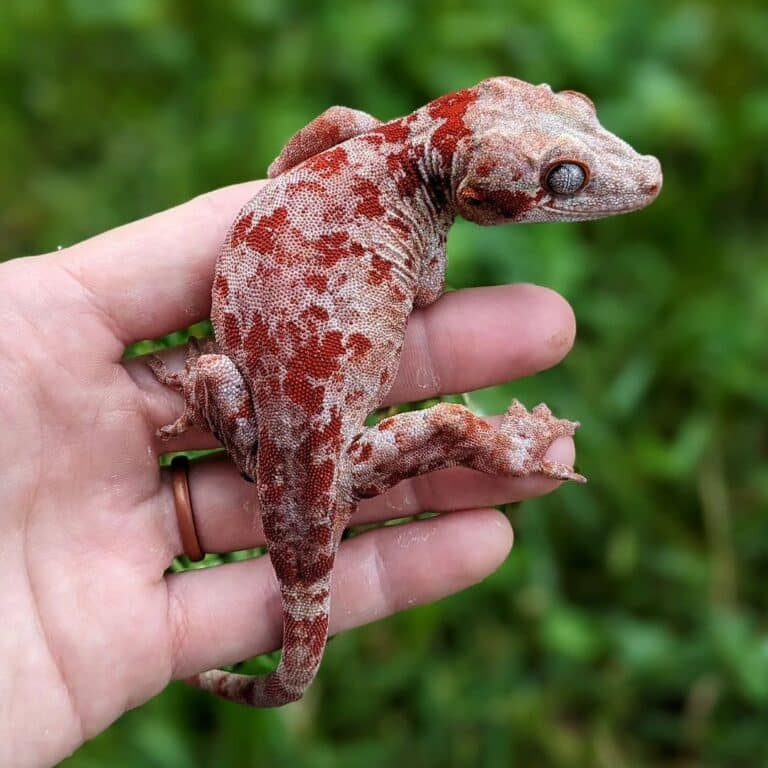Leachie Gecko – The Captivating Creatures of the Reptile World
Leachie geckos are intriguing animals that have won the hearts of many people who love reptiles. These geckos are a sight to behold due to their vibrant color, substantial size, and distinctive activity.
If you’re intrigued by Leachie Geckos and want to learn more about these fascinating creatures, you’re at the right place! In this article, you will learn all you need to know about this amazing animal and how to take good care of them as pets.
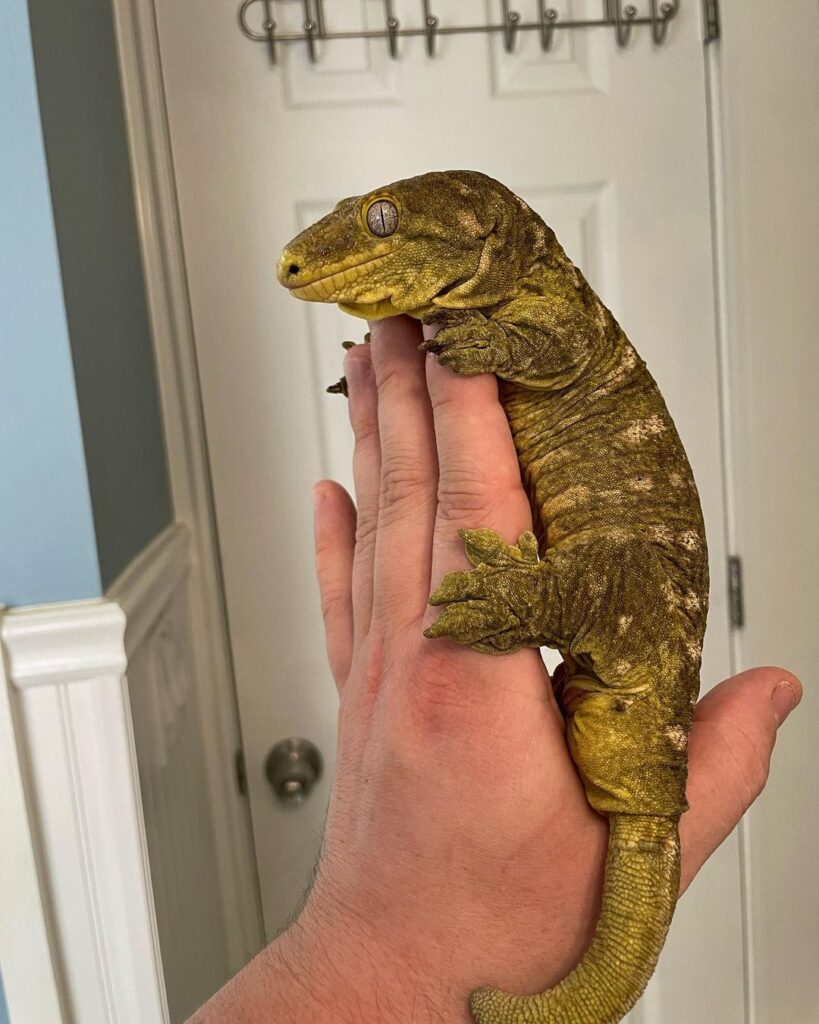
Overview of Leachie Gecko
The only place where the Leachianus Gecko (Rhacodactylus leachianus) is found is on the tiny island of New Caledonia in the southwest Pacific Ocean. They are also known as the New Caledonian gigantic gecko and were named after the English scientist William Leach.
The Leachie Gecko, the largest gecko in the world, is regarded as an illustration of island gigantism. The evolution of isolated island species to become substantially larger than their counterparts on the mainland is known as this phenomenon. Adults are much larger than their cousins, the leopard geckos, which only reach 11 inches from head to tail. Adults can grow 8 to 17 inches.
These enormous, commanding geckos have short limbs, triangular heads, and massive bodies. Their skin is loose, wrinkled, and soft. They lack eyelids and have adhesive toe pads, like the majority of geckos. They can climb tree trunks that are completely vertical thanks to their sticky toes, which is a necessary skill for their way of existence.
Wild Leachie Geckos exist alone in the rainforest canopy at a great height. They blend perfectly with the overlapping branches and tree bark thanks to their erratic patterns and subdued colors. Both males and females have irregular yellow, purple, pink, and orange spots running down either side of their bodies. They are both green, gray, and brown.
These geckos mostly use camouflage to evade predators. These lizards nearly completely blend together when flattened against tree bark. They conceal themselves from predators during the daytime in cavities in tree trunks or behind draping leaves. They scurry about the treetops at night in search of insects, ripe fruit, and nectar to consume.
These lizards are protected in their native New Caledonia to maintain a healthy wild population. Leachianus geckos are not now in danger of extinction, but habitat loss and poaching continue to be threats to their existence.
Leachie geckos bred in captivity are legally available for purchase as pets. However, due to their breeding habits, these lizards can be challenging to breed and typically only deposit two eggs per clutch.
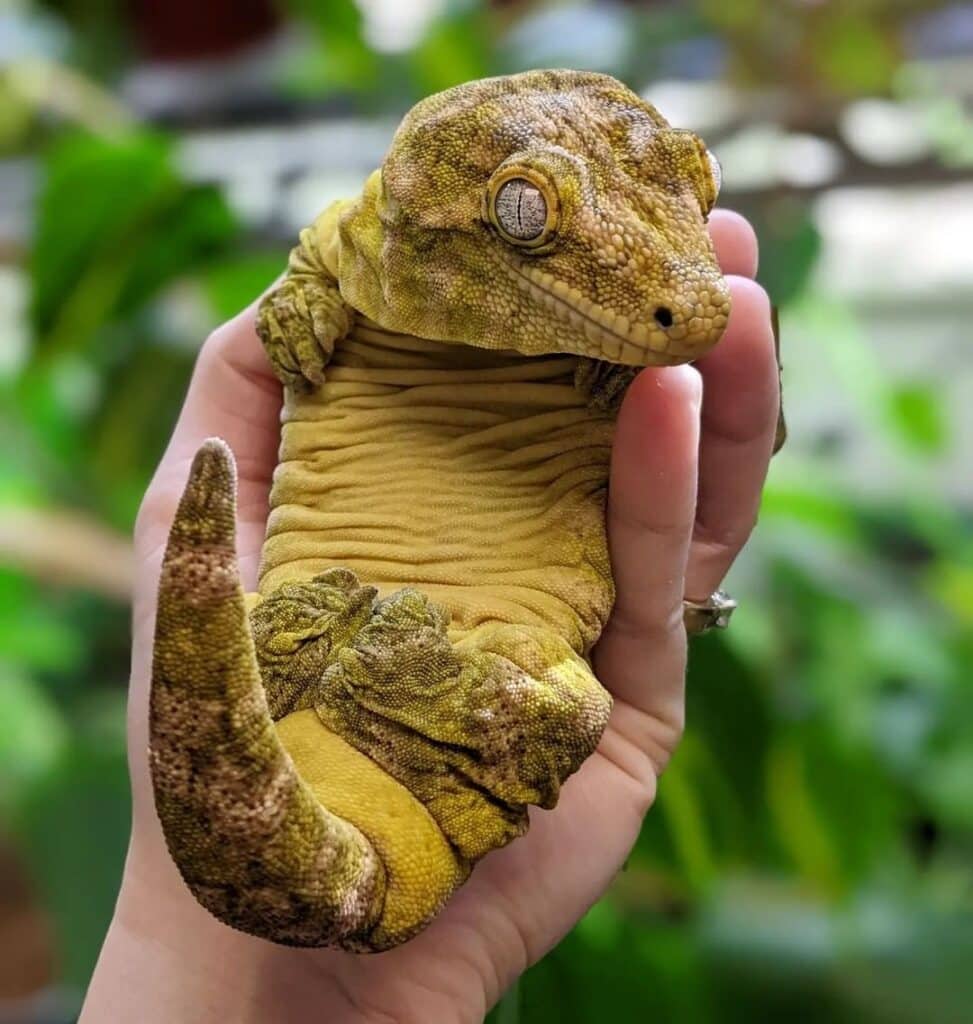
Typical Behavior of Leachie Gecko
One of the reasons Leachie Geckos are so popular as pets is that they display a broad range of peculiar behaviors that are uncommon in other reptile species.
Leachie geckos are nocturnal, which means that nighttime is when they are most active. You’ll probably hear the unique growls, screeches, and other expressions that make Leachie Geckos so beloved as pets at this time of day.
They may, however, be aggressive when startled and leap and peck to defend their territory. Females may be angry toward a male if they don’t enjoy his attempts at reproduction. Leachie Geckos take pleasure in interacting with their surroundings by yipping, whining, and whistling, in addition to hissing and grumbling.
What Do Leachie Geckos Eat?
As opportunistic omnivores, Leachie geckos consume both plants and animals. They hunt small animals, insects, and other lizards in the trees of New Caledonia’s rainforests. In addition, they add fruits, flowers, tree sap, and nectar to their diet. They must also eat a variety of foods to be healthy as pets.
If you’re wondering how to feed your Leachie Gecko, you can give them a mixture of fresh fruits, live insects, and a crested gecko meal that has already been prepared. Leachies can be fed commercial crested gecko diets as long as they are supplemented with appropriate protein.
A Leachie gecko has to be fed two ounces of crested gecko food four times each week. Feed them from a raised, shallow dish that is affixed to the tank’s side.
An adult can also be given two mealworms, four huge crickets, or dubia cockroaches twice a week. Twice a week, food should be sprinkled with a powdered vitamin D3 and calcium supplement. Feed no more than three teaspoons of fruit once a week. A pinkie mouse can be given each month as a reward.
Leachie Geckos as a Pet
The finest reptile caretakers for Leachianus Geckos are those who are experienced and knowledgeable. They are large enough that a bite could hurt and make you irritable. They are not appropriate for novices, kids, or anyone who wishes to manage a pet reptile. Leachies are extremely susceptible to illnesses brought on by improper tank settings since they are sensitive to changes in temperature and humidity.
Additionally, they are pricey for lizards kept as pets. For novices on a tight budget, they are not a smart option due to their hefty price tag of $1,000.
Leachie geckos make intriguing pets for individuals who have the knowledge and skills essential to maintaining their well-being. They have a vocalization that sounds like a bark and a highly distinct prehistoric look. They are a fantastic option for someone who wants to keep a big, sedentary reptile from the tropics.
They may live for more than 20 years with proper care from an experienced owner. Leachie Gecko enclosures are spacious, allowing owners to furnish them with a variety of real plants and other items that evoke the jungle. Due to their enormous size and arboreal nature, they require a large cage that is higher than it is broad.
A crested gecko is a great substitute for a Leachie Gecko. Cresties are ideal for novices since they are significantly smaller, more docile, and only need little care.
How to Care for Leachie Geckos
Leachianus geckos are neither the most nor the least challenging species of lizard to manage. This species needs a caretaker who is knowledgeable about taking care of tropical reptiles. Additionally useful is previous work with or experience with difficult lizards.
These geckos may survive as pets and have minimal health issues if given the proper care. The hardest aspect of keeping one is keeping their enclosure at the proper temperature and humidity. Additionally, they are docile reptiles that dislike being handled frequently.
Tank Size
Because Leachie Geckos are a climbing, arboreal species, they require tall, narrow tanks with greater height than floor space. Baby leachies can be housed in a 10-gallon tank for up to six months before being moved to a 20-gallon tank for the next twelve months.
Leachie geckos can grow to be up to 17 inches long when fully mature, and they should be kept in a 40-gallon glass terrarium with front-opening doors and a screen top. Leachie Gecko enclosures should preferably feature real plants to simulate their native environment and be 40 gallons in capacity to fit their size.
Leachies require high tanks filled with vegetation, moss, and hollow logs. Humidity levels may be regulated and stabilized by adding living plants like ferns and mosses. Additionally enhancing their sense of security are cork bark, hollow branches, and a foam backing against two of the tank’s sides.
Temperature & Humidity
Despite the widespread misconception that leachie geckos thrive at room temperature, they fare well in an environment with a low basking temperature. They need a range of temperatures in their habitat so they can thermoregulate because they are still reptiles.
The cage should generally maintain a temperature of 75 to 80 degrees Fahrenheit, with nighttime lows of 65 to 72 degrees. Experts believe that white heat bulbs are a preferable type of reptile heating because they are the best at simulating the warmth of sunshine indoors. Red, blue, and ceramic heat emitters (CHEs) should not be used since they are ineffective.
Common Health Issues of the Leachie Gecko
Leachie geckos are a kind of lizard that have remarkably lengthy lives. If maintained in a suitable tank design, fed the proper diet, and given routine veterinary care, a Leachie Gecko can live for more than 20 years. There are no observable disparities between the lifespans of males and females that would be considered substantial.
Because they are shielded from predators and harsh conditions, pets typically live longer than wild animals. A gecko’s inability to shed correctly might result in dysecdysis, a condition that affects health. If the skin of the tail, fingers, or toes does not fall off, a retained shed may become an issue.
The blood supply to these extremities is restricted over time by the dead skin, which can result in infections or even the amputation of digits. A life-threatening metabolic bone disease is brought on by a shortage of UVB radiation and calcium. It softens bones, which can result in deformities, paralysis, and even death. This sickness can be avoided by placing a UVB lamp over the basking area and giving calcium-rich diets.
Bottom Line
Understanding the Leachie geckos’ natural environment, nutrition, and behavior is essential for ensuring their welfare in captivity, as we’ve discussed in this article. These geckos may grow and provide their owners’ delight for many years with the proper setup and care.
It’s crucial to remember that keeping a Leachie gecko takes a lot of time, work, and money. So, make sure you do your research and can give them a proper environment before introducing them into your house.

Nato is a content writer and researcher with a background in psychology who’s eager to explore the wonders of nature. As a travel enthusiast and animal lover, she hopes to inspire others to discover and cherish the beauty and importance of the natural world.

